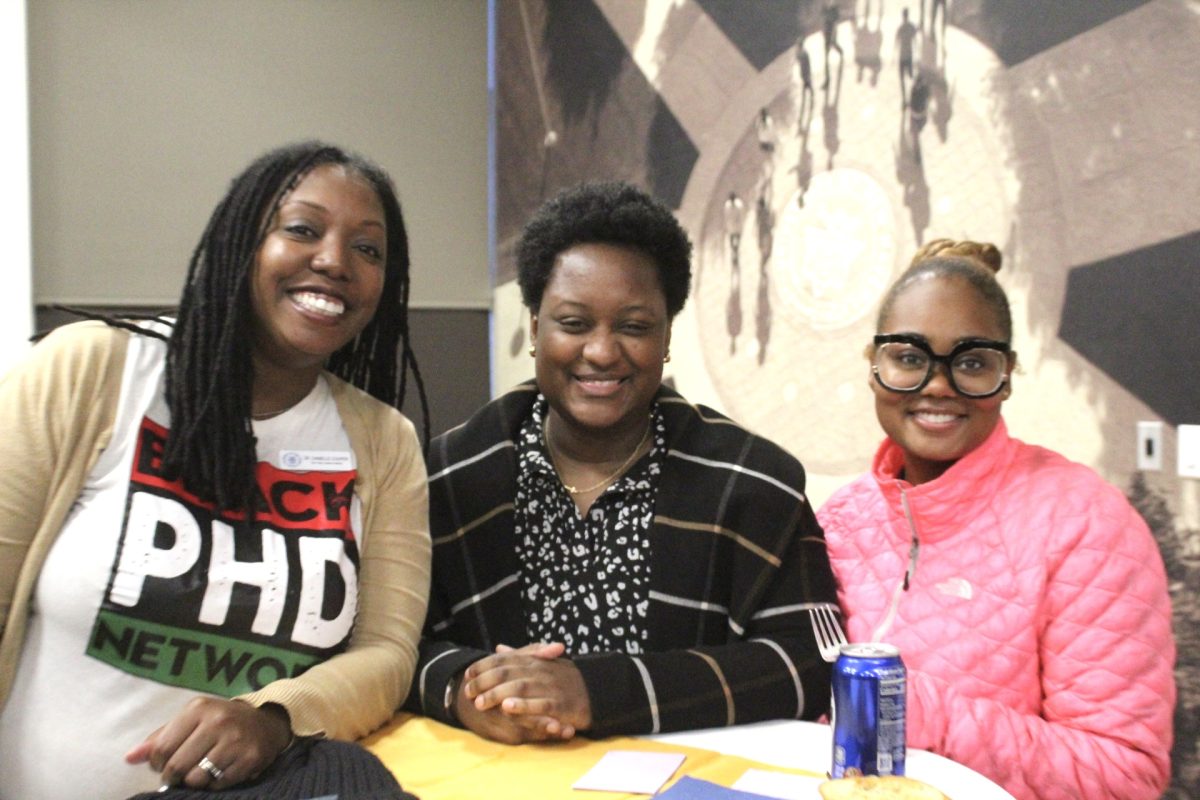The document that emerged from the Philadelphia Convention of 1787 has become the longest-lived national constitution in the world, fulfilling Chief Justice John Marshall’s vision that it was “meant to endure for ages to come, and to meet the various crises of human affairs” (McCulloch v. Maryland, 1819). It was the product of a sense of urgency and of mission, solid preparation, and secret debate that allowed open-mindedness and compromise, and a body of delegates who in the aggregate possessed both a command of political philosophy and much practical experience under state constitutions and the Articles of Confederation.
Despite some serious deficiencies, revealed most notably in the crisis of the Civil War, the Constitution has served at once as a symbol of national unity and the continuity of basic ideals amid change, as a supple (but not mushy) framework of government, and as a binding code of supreme law. Its grant of powers and its constraints on power are addressed to governmental action, national and state, not to private conduct. The design of the whole is to maintain a government that is effective, adaptable, and safe for the rights of its people.
Constitution Day commemorates the formation and signing of the U.S. Constitution by thirty-nine brave men on September 17, 1787, recognizing all who, are born in the U.S. or by naturalization, as citizens. There are many fun facts about the Constitution and its history that are interesting to know. Below are just a few of the many that can be discovered.
The U.S. Constitution has 4,400 words. It is the oldest and shortest written Constitution of any major government in the world.
Of the spelling errors in the Constitution, “Pensylvania” above the signers’ names is probably the most glaring.
Thomas Jefferson did not sign the Constitution. He was in France during the Convention, where he served as the U.S. minister. John Adams was serving as the U.S. minister to Great Britain during the Constitutional Convention and did not attend either.
The Constitution was “penned” by Jacob Shallus, A Pennsylvania General Assembly clerk, for $30 ($726 today).
Since 1952, the Constitution has been on display in the National Archives Building in Washington, DC. Currently, all four pages are displayed behind protective glass framed with titanium. To preserve the parchment’s quality, the cases contain argon gas and are kept at 67 degrees Fahrenheit with a relative humidity of 40 percent.
The Constitution does not set forth requirements for the right to vote. As a result, at the outset of the Union, only male property-owners could vote. African Americans were not considered citizens, and women were excluded from the electoral process. Native Americans were not given the right to vote until 1924.
James Madison, “the father of the Constitution,” was the first to arrive in Philadelphia for the Constitutional Convention. He arrived in February, three months before the convention began, bearing the blueprint for the new Constitution.
Of the forty-two delegates who attended most of the meetings, thirty-nine actually signed the Constitution. Edmund Randolph and George Mason of Virginia and Elbridge Gerry of Massachusetts refused to sign due in part due to the lack of a bill of rights.
When it came time for the states to ratify the Constitution, the lack of any bill of rights was the primary sticking point.
The oldest person to sign the Constitution was Benjamin Franklin (81). The youngest was Jonathan Dayton of New Jersey (26).
When the Constitution was signed, the United States’ population was 4 million. It is now more than 309 million. Philadelphia was the nation’s largest city, with 40,000 inhabitants.
A proclamation by President George Washington and a congressional resolution established the first national Thanksgiving Day on November 26, 1789. The reason for the holiday was to give “thanks” for the new Constitution.
It took one hundred days to actually “frame” the Constitution.
George Washington and James Madison were the only presidents who signed the Constitution.







